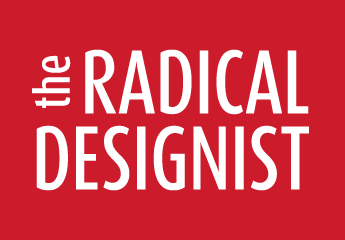Eduardo Côrte-Real
A Middle History of Design: the Meaning of the Word
in Three Dictionaries from the 1600’s to the Early 1800’s
One step back and two…
The Radical Designist has a concern about knowing what to be radical about. A few days ago a friend from Australia sent me the Merriam-Webster Collegiate Dictionary. We have been discussing the meaning of several things namely Design at least for the past 6 years. I understand Ken Friedman (the friend from Australia) faith in dictionaries. As the matter of fact, I also have a faith in dictionaries so I studied Design’s definition in three different English dictionaries for a paper to be presented in Osaka for the 2008 ICDHS conference. Here follows the definitions of Design found in: Robert Cawdrey’s Alphabetic Table of Hard Words (1604), Nathan Bailey’s Universal Etymological English Dictionary (1736) and Noah Webster’s An American Dictionary of the English Language (1828) and finally the contemporary Merriam-Webster Collegiate Dictionary.
In Robert Cawdrey’s (1604) table of hard words we find:
[fr] deseigne, (* synonyms *) an appoynting how any;
[fr] deseignment , thing shall be done. (* synonyms end *)
[fr] designe, to marke out, or appoint for any purpose. (Cawdrey)
On the second dictionary, Nathan Bailey’s “An Universal Etymological English Dictionary” printed for the first time in 1721 we find…

